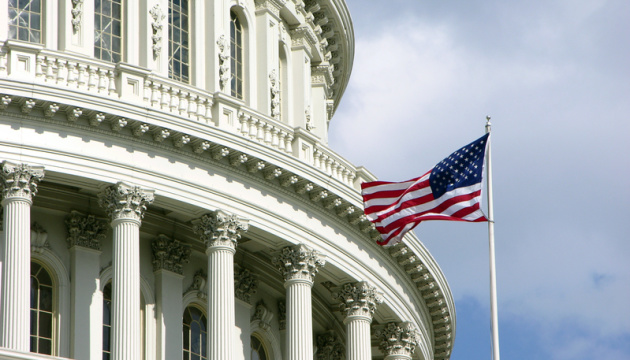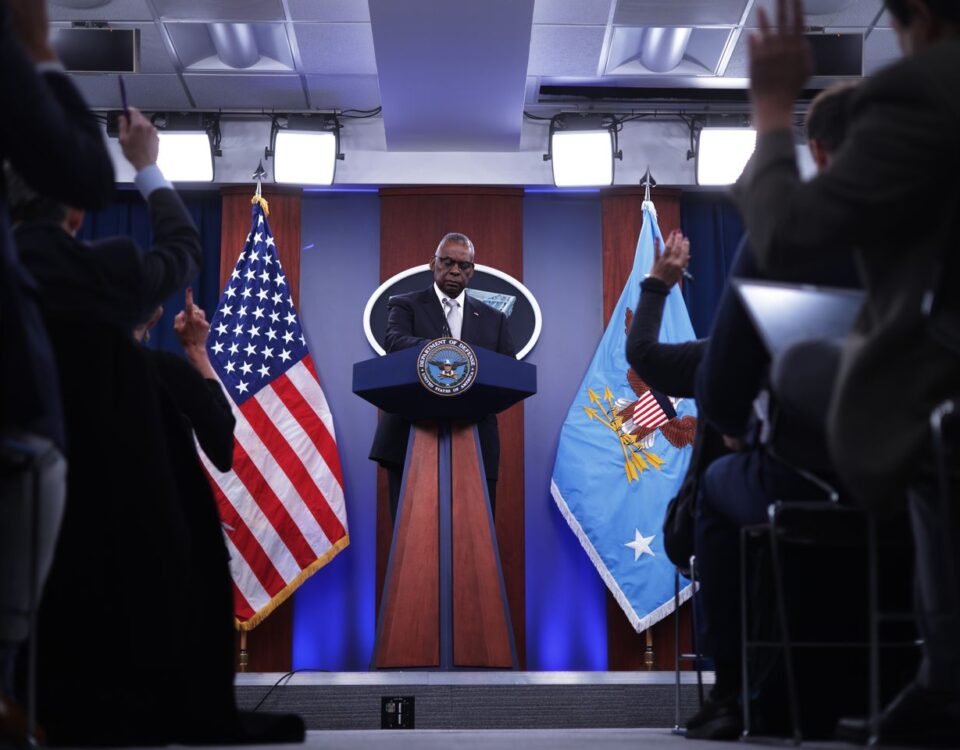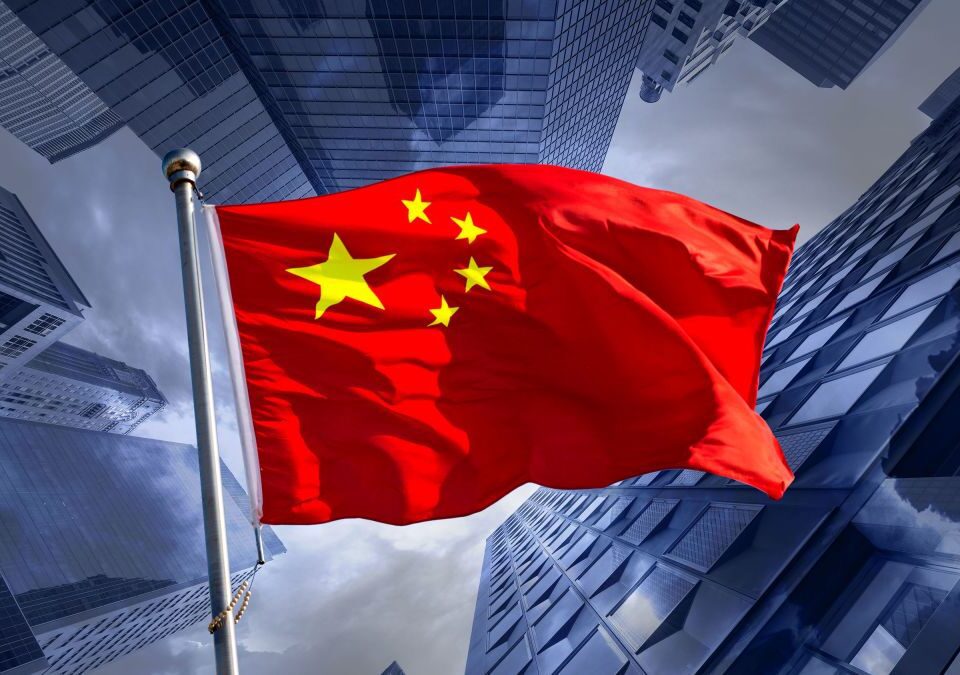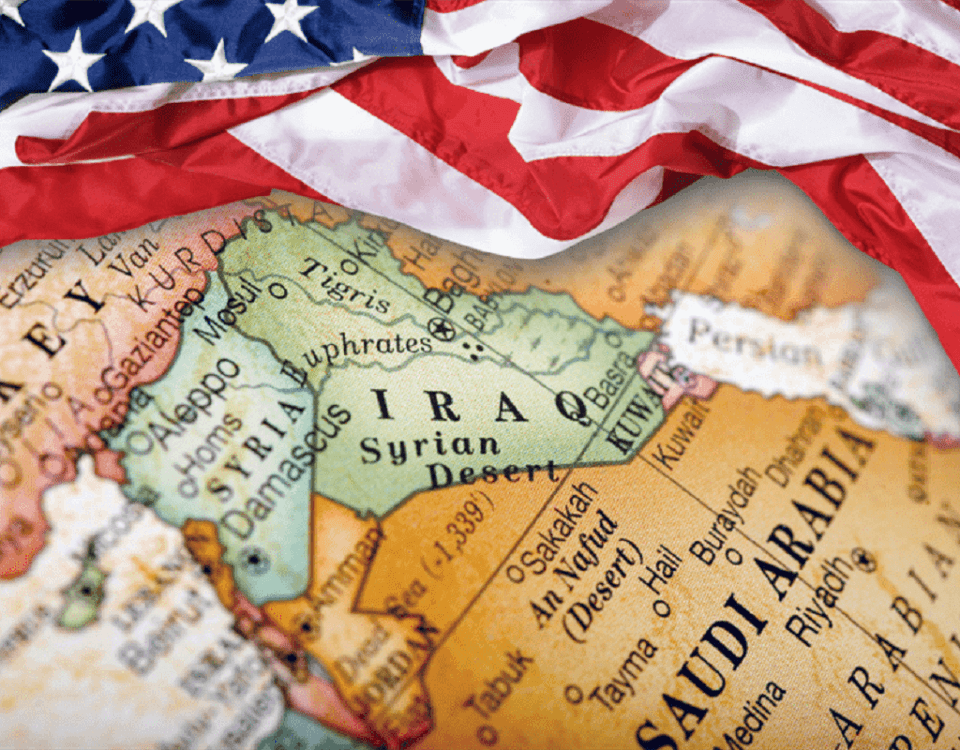
Morocco Earthquake: A Wake-up Call for Disaster Preparedness
September 12, 2023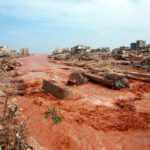
Catastrophic Flood Devastates Libyan City of Derna, Killing Thousands
September 14, 2023
By Bisma Hameed
On Tuesday, September 12th, 2023, China disclosed its initiatives for boosting integration with Taiwan, indicating that Beijing intends to restore relations with the self-ruled island that was broken during the COVID-19 epidemic. China claims Taiwan as part of its territory, and ties have deteriorated since Taiwan’s independence-minded President Tsai Ing-wen took office in 2016. During the epidemic, coronavirus restrictions slowed trade and other exchanges.
The main island, previously known as Formosa, and numerous other islands and islets in the Taiwan Strait make up Taiwan’s territory and government, which are officially referred to as the Republic of China (ROC). Additionally, the ROC asserts its control over several little islets and islands that are dispersed across the South China Sea, all the way to the Spratly Islands. The Kinmen Islands (Quemoy) and the Matsu Islands (Lienchiang County), two island groupings adjacent to the Chinese mainland, as well as the Penghu archipelago (or Pescadores Island) in the Taiwan Strait, are islands that the ROC de facto administers. It has been administered independently of mainland China since 1949 and is officially known as the People’s Republic of China (PRC). The PRC regards Taiwan as a rebellious province and promises to “unify” Taiwan with the mainland in the future. Taiwan, which has its own democratically elected government and a population of 23 million people, has divided political leaders over the island’s status and ties with the mainland.
The China-Taiwan dispute originates from the Chinese Civil War, which lasted from 1927 to 1950 and was fought between the Nationalist Party of China and the Communist Party of China. Chiang Kai-shek’s Nationalists were originally successful in defeating the Communists and establishing a government in China, but they finally lost the war and withdrew to the island of Taiwan. The People’s Republic of China (PRC) was established on the Chinese mainland in 1949 by the CPC under Mao Zedong’s leadership.
The relationship between China and Taiwan has been marked by periods of tension and conflict, including the Taiwan Strait Crisis of the 1950s, when the People’s Republic of China threatened to invade Taiwan, and the more recent escalation of tensions under Taiwan’s President Tsai Ing-wen, who has refused calls for reconciliation with China. The PRC has also used economic and diplomatic measures to pressure Taiwan and isolate it internationally.
China asserts that Taiwan has been bound by the 1992 Consensus, which was agreed between representatives of the Chinese Communist Party (CCP) and the Kuomintang (KMT), which controlled Taiwan at the time. This ‘agreement’ was never meant to settle the issue of Taiwan’s legal status, and the two parties disagree on its specifics. The 1992 Consensus, according to Chinese President Xi Jinping, indicates an understanding that “the two sides of the strait belong to one China and would work together to seek national reunification.” The KMT interprets this as “one China, different interpretations,” with the ROC serving as the “one China.”
Xi Jinping revised China’s long-standing proposal for Taiwan in a 2019 speech: that it be merged into the mainland under the formula of “one country, two systems” However, China opposes Taiwan’s membership in UN bodies and other international organizations.
Taiwan, on the other hand, is a member of over forty organizations, the majority of which are regional, such as the Asian Development Bank and the Asia-Pacific Economic Cooperation Forum, as well as the World Trade Organisation.
The United States One China Policy acknowledges the Chinese position that there is only one China, that Taiwan is part of China, and that the People’s Republic of China is the “sole legal government of China,” but some US officials have emphasized that the word “acknowledge” implies that the US does not necessarily accept the Chinese position.
Over Chinese protests, the United States increased ties with Taiwan under President Donald Trump, including by supplying more than $18 billion in armaments to the military. President Joe Biden appears to have rejected the concept, stressing multiple times that the US would defend Taiwan if China invaded.
Then-House Speaker Nancy Pelosi (D-CA) visited Taipei in August 2022, the first speaker to do so since Newt Gingrich in 1997, and met with Tsai. Beijing immediately opposed the visit and, in reaction, scheduled military drills that essentially surrounded the island, as well as a restriction on Taiwanese imports of some fruits and seafood.
The U.S. According to a 2021 assessment from the Department of Defence, China’s military is “likely preparing for a contingency to unify Taiwan with the PRC by force, while simultaneously deterring, delaying, or denying any third-party intervention, such as the United States.”
The document released jointly on Tuesday, September 12, 2023, by the ruling Communist Party’s Central Committee and the State Council, has over 20 “opinions” for establishing a “new path towards integrated development” between Taiwan and the culturally similar mainland province of Fujian. They offered suggestions for making it simpler for Taiwanese citizens to live, study, and work in China.
At the same time, it dispatched the most warships in years to the waters off Taiwan’s east coast, signaling a choice between peaceful “reunification” and military aggression only months before Taiwan’s presidential election. Furthermore, the State Council announced that the coastal province of Fujian will be designated as a “demonstration zone” for integrated development.
The document comes at a time when the Taiwan authorities continue to trumpet separatist rhetoric and act as a US puppet to achieve the US strategy of containing the mainland, which is destroying the island’s development and undermining peace and stability across the Taiwan Straits. According to the document, the two sides of the Taiwan Straits are expected to achieve integrated development in almost every field, far exceeding the added value brought by economic cooperation and the liberalization of economic and political ties.
China is pursuing this policy to grow its influence in the area, challenge US hegemony, and reinforce its stance on the South China Sea by expanding in all dimensions. The integration will also reinforce China’s position on India, preventing the country from growing economically and militarily above it.
The writer is the student of Peace and Conflict Studies. She tweets @BismaHameed15.



